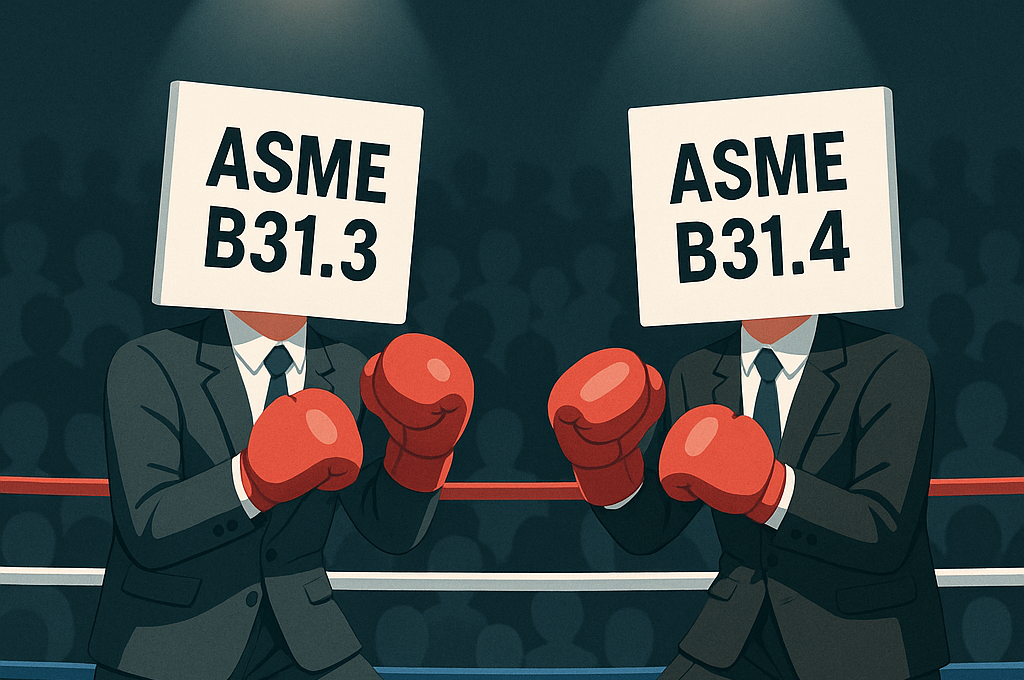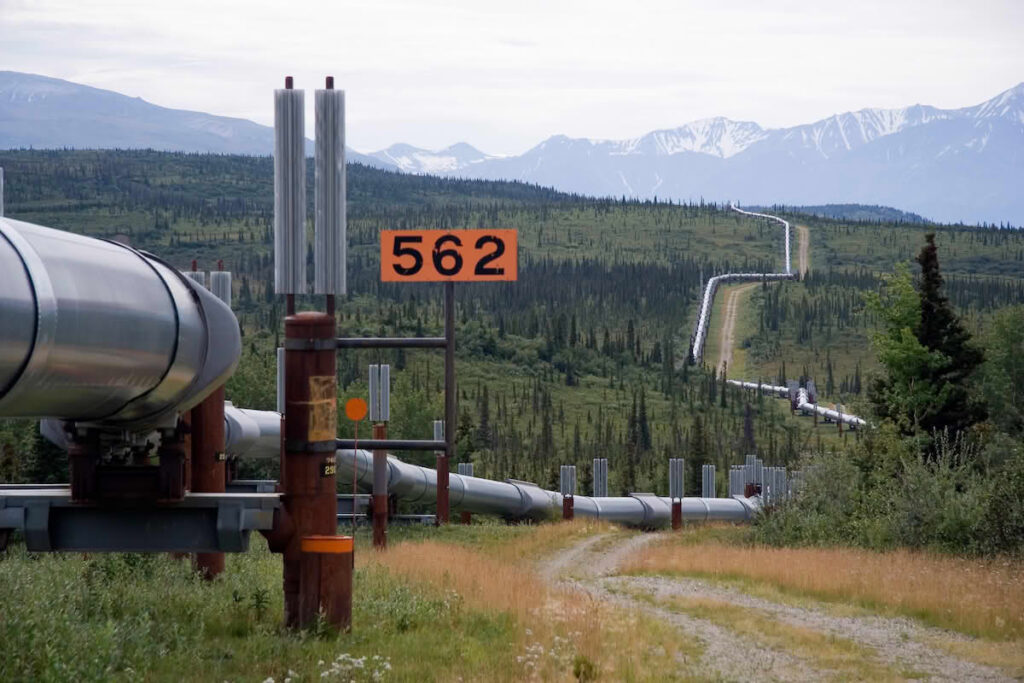What are general guidelines used when routing a pipeline?
- Several areas along the pipeline route have significant environmental importance (e.g., Vegetation’s, trees, plants, etc.)
- All effort shall be made to minimize the effect of the pipeline construction on the environment.
- Environmental data (climatic, floods, earthquakes, landslides, currents at water stream crossings) must be surveyed and investigated.
- Attention shall be made to terrain, soil type (contaminated soils, corrosive environment)
- Minimize the pipeline routing through difficult construction areas such as mountains, difficult hilly terrain, water bodies, and sand dunes.
- Soil investigation for foundation design (Burial and/or supports design), subsidence areas.
- Soil resistivity for cathodic protection design
- Minimize the Cost of the construction considering mainly crossings, type of terrain and Constructability.
- Minimize the Cost of the material considering overall length of the pipeline.
- Minimize Environment Impact
- Minimize Operational Risk
- Basic considerations for route selection include the following:
- Maintaining a straight line wherever possible to minimize total length.
- Route the pipeline through an existing corridor if possible.
- Avoid the routes through sensitive areas such as populated areas as applicable.
- Minimize the routing through difficult construction areas.
- Sufficient space for operational safety and maintenance requirements.
What is the methodology used in route/plot selection?
- The methodology followed for routing a pipeline is as follow:
- Desktop Study: Includes using existing available top/geo information as basis of desktop study. Resources used includes:
- Satellite images
- ArcGIS
- Previous route studies in same area
- Urban planning study for the area
- Previous project geotechnical info such as type of terrain soil and rock
- Site Visit Reconnaissance: Walk over survey to identify the area for further detailed analysis and identify features that may not have been recorded in previous surveys such as pipeline crossings, cable, flowline, OHL, wells, etc.
- Finalize Route Study: Site visit findings are used to evaluate and optimize the feasible route options along with associated facility plot locations and finalization base on comparison between all options considering the below:
- Follow existing route/corridors.
- Less impact to environment and public area
- Less no. of crossings
- Proximity to other features such as production wells, stations, OHL, etc.
- Review Meeting: Routing study details are presented will all stake holders to seek their inputs and comments to evaluate the most feasible route alignment among the proposed route options.
- Route Selection Report: Various proposed route options will be tabulated and furnished with the recommended route options in terms of constructability, operability, HSE and cost aspects plus expected installation interface/ constraints.
- Desktop Study: Includes using existing available top/geo information as basis of desktop study. Resources used includes:





